Are you preparing AWS SAA-C03 exam now? SPOTO 100% real AWS SAA-C03 dumps cover 100% real SAA-C03 exam questions and answers to help you pass the SAA-C03 exam fast! Here are 10 AWS SAA-C03 exam questions with correct answers for you to test yourself! Get started now!
| Categories | Exam Code | Pass Exam Dumps |
|---|---|---|
| AWS | DVA-C01/Associate | |
| CLF-C01/Cloud Practitioner | ||
| SAA-C02//Associate | ||
| SOA-C01/Associate | ||
| DOP-C01/Professional | ||
| SAP-C01/Professional | ||
| DAS-C01 | ||
| SCS-C01 | ||
| MLS-C01 | ||
| ANS-C00 |
Table of Contents
QUESTION 1
A company is hosting 60 TB of production-level data in an Amazon S3 bucket. A solution architect needs to bring that data on-premises for quarterly audit requirements. This export of data must be encrypted while in transit. The company has low network bandwidth in place between AWS and its on-premises data center. What should the solutions architect do to meet these requirements?
A. Deploy AWS Migration Hub with 90-day replication windows for data transfer.
B. Deploy an AWS Storage Gateway volume gateway on AWS. Enable a 90-day replication window to transfer the data.
C. Deploy Amazon Elastic File System (Amazon EFS), with lifecycle policies, enabled, on AWS. Use it to transfer the data.
D. Deploy an AWS Snowball device in the on-premises data center after completing an export job request in the AWS Snowball console.
Correct Answer: B
QUESTION 2
A company has a custom application running on an Amazon EC instance that:
-Reads a large amount of data from Amazon S3
-Performs a multi-stage analysis
-Writes the results to Amazon DynamoDB
The application writes a significant number of large temporary files during the multi-stage analysis. The process performance depends on the temporary storage performance.
What would be the fastest storage option for holding the temporary files?
A. Multiple Amazon S3 buckets with Transfer Acceleration for storage.
B. Multiple Amazon EBS drives with Provisioned IOPS and EBS optimization.
C. Multiple Amazon EFS volumes using the Network File System version 4.1 (NFSv4.1) protocol.
D. Multiple instance store volumes with software RAID 0.
Correct Answer: A
QUESTION 3
A company built a food ordering application that captures user data and stores it for future analysis. The application’s static front end is deployed on an Amazon.
EC2 instance. The front-end application sends the requests to the backend application running on a separate EC2 instance. The backend application then stores the data in Amazon RDS.
What should a solutions architect do to decouple the architecture and make it scalable?
A. Use Amazon S3 to serve the front-end application, which sends requests to Amazon EC2 to execute the backend application. The backend application will
process and store the data in Amazon RDS.
B. Use Amazon S3 to serve the front-end application and write requests to an Amazon Simple Notification Service (Amazon SNS) topic. Subscribe to Amazon EC2
instances to the HTTP/HTTPS endpoint of the topic, and process and store the Amazon RDS data.
C. Use an EC2 instance to serve the front end and write requests to an Amazon SQS queue. Place the backend instance in an Auto Scaling group, and scale based on the queue depth to process and store the data in Amazon RDS.
D. Use Amazon S3 to serve the static front-end application and send requests to Amazon API Gateway, which writes the requests to an Amazon SQS queue.
Place the backend instances in an Auto Scaling group and scale based on the queue depth to process and store the Amazon RDS data.
Correct Answer: D
QUESTION 4
A company’s web application is running on Amazon EC2 instances behind an Application Load Balancer. The company recently changed its policy, which now requires the application to be accessed from one specific country only.
Which configuration will meet this requirement?
A. Configure the security group for the EC2 instances.
B. Configure the security group on the Application Load Balancer.
C. Configure AWS WAF on the Application Load Balancer in a VPC.
D. Configure the network ACL for the subnet that contains the EC2 instances.
Correct Answer: C
QUESTION 5
A company has a legacy application that processes data in two parts. The second part of the process takes longer than the first, so the company has decided to rewrite the application as two microservices running on Amazon ECS that can scale independently.
How should a solutions architect integrate the microservices?
A. Implement code in microservice 1 to send data to an Amazon S3 bucket. Use S3 event notifications to invoke microservice 2.
B. Implement code in microservice 1 to publish data to an Amazon SNS topic. Implement code in microservice 2 to subscribe to this topic.
C. Implement code in microservice 1 to send data to Amazon Kinesis Data Firehose. Implement code in microservice 2 to read from Kinesis Data Firehose.
D. Implement code in microservice 1 to send data to an Amazon SQS queue. Implement code in microservice 2 to process messages from the queue.
Correct Answer: D
QUESTION 6
A company hosts its product information webpages on AWS. The existing solution uses multiple Amazon C2 instances behind an Application Load Balancer in an Auto Scaling group. The website also uses a custom DNS name and communicates with HTTPS only using a dedicated SSL certificate. The company is planning a new product launch and wants to be sure that users worldwide have the best possible experience on the new website.
What should a solutions architect do to meet these requirements?
A. Redesign the application to use Amazon CloudFront.
B. Redesign the application to use AWS Elastic Beanstalk.
C. Redesign the application to use a Network Load Balancer.
D. Redesign the application to use Amazon S3 static website hosting.
Correct Answer: A
QUESTION 7
A company is moving its on-premises applications to Amazon EC2 instances. However, due to fluctuating compute requirements, the EC2 instances must always be ready to use between 8 AM and 5 PM in specific Availability Zones. Which EC2 instances should the company choose to run the applications?
A. Scheduled Reserved Instances
B. On-Demand Instances
C. Spot Instances as part of a Spot Fleet
D. EC2 instances in an Auto Scaling group
Correct Answer: A
QUESTION 8
A solutions architect is designing a new API using Amazon API Gateway that will receive requests from users. The volume of requests is highly variable; several hours can pass without receiving a single request. The data processing will occur asynchronously but should be completed within a few seconds after a request is made. Which compute service should the solutions architect have the API invoke to deliver the lowest cost requirements?
A. An AWS Glue job
B. An AWS Lambda function
C. A containerized service hosted in Amazon Elastic Kubernetes Service (Amazon EKS)
D. A containerized service hosted in Amazon ECS with Amazon EC2
Correct Answer: B
QUESTION 9
A company recently expanded globally and wants to make its application accessible to users in those geographic locations. The application is deployed on Amazon.
EC2 instances behind an Application Load Balancer in an Auto Scaling group. The company needs the ability to shift traffic from resources in one region to another.
What should a solutions architect recommend?
A. Configure an Amazon Route 53 latency routing policy.
B. Configure an Amazon Route 53 geolocation routing policy.
C. Configure an Amazon Route 53 geoproximity fouling policy.
D. Configure an Amazon Route 53 multivalue answer routing policy.
Correct Answer: C
QUESTION 10
A company owns an asynchronous API used to ingest user requests and, based on the request type, dispatch requests to the appropriate microservice for processing. The company uses Amazon API Gateway to deploy the API front end and an AWS Lambda function that invokes Amazon DynamoDB to store user requests before dispatching them to the processing microservices. The company provisioned as much DynamoDB throughput as its budget allows, but the
The company is still experiencing availability issues and is losing user requests.
What should a solutions architect do to address this issue without impacting existing users?
A. Add throttling on the API Gateway with server-side throttling limits.
B. Use DynamoDB Accelerator (DAX) and Lambda to buffer write to DynamoDB.
C. Create a secondary index in DynamoDB for the table with the user requests.
D. Use the Amazon Simple Queue Service (Amazon SQS) queue and Lambda to buffer writes to DynamoDB.
Conclusion
If you want to pass the AWS SAA-C03 exam with high scores, SPOTO AWS SAA-C03 exam dumps are the best thing for you to prepare & pass the AWS exam on the first try! Over 18 years, SPOTO has helped thousands of candidates to get AWS certified in one go! Join us to be the next AWS certification holder!
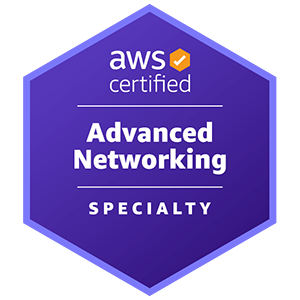



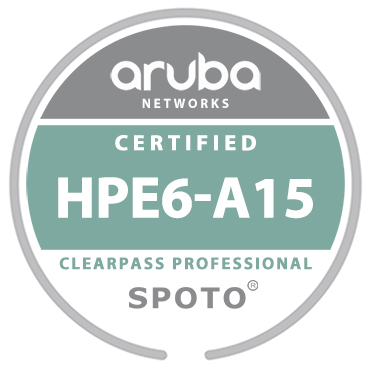
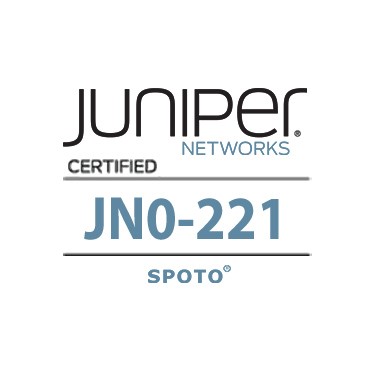

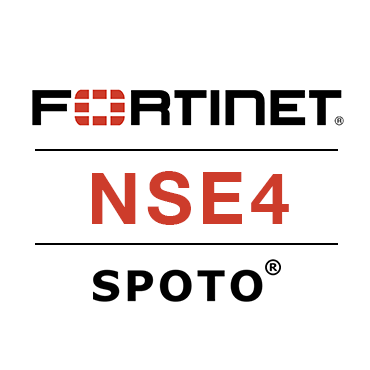




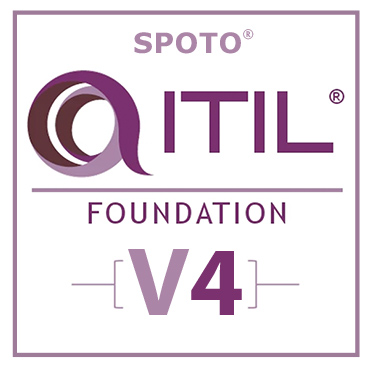






Comments